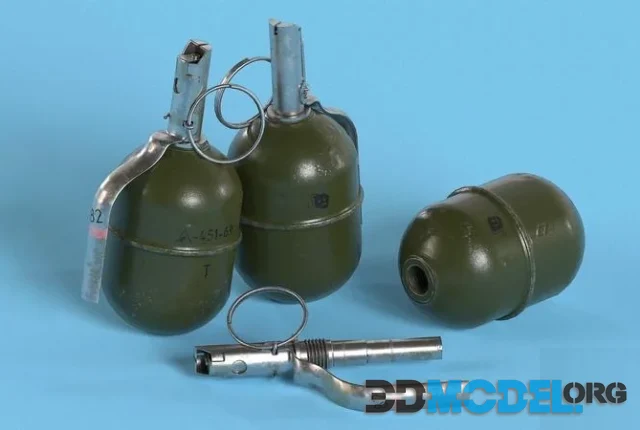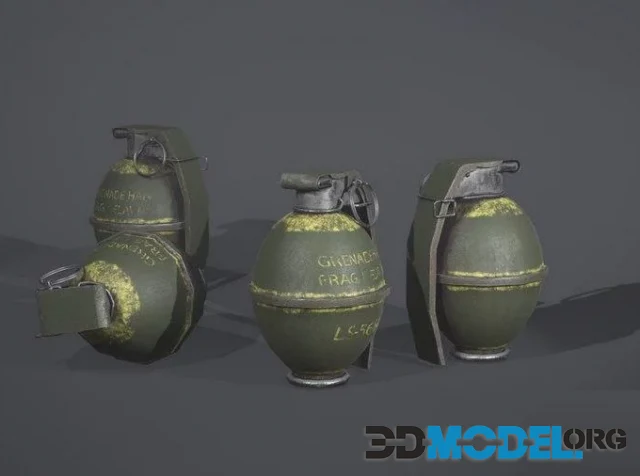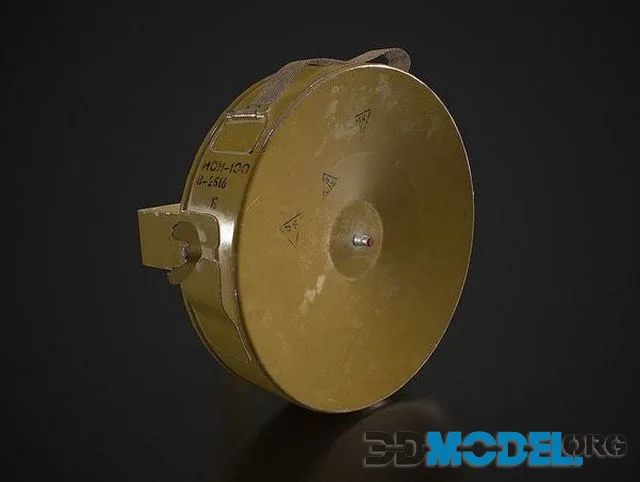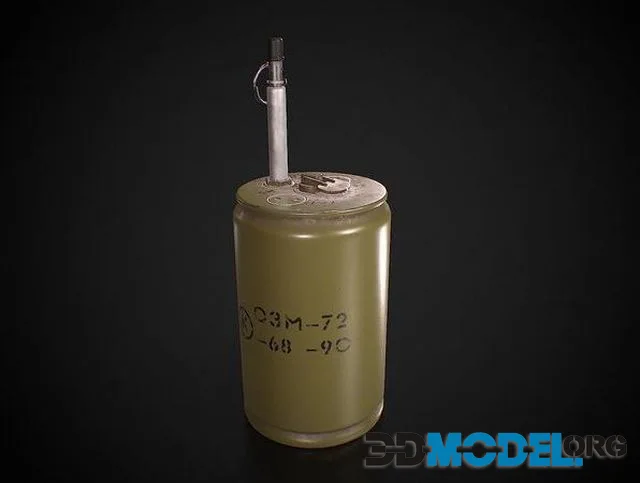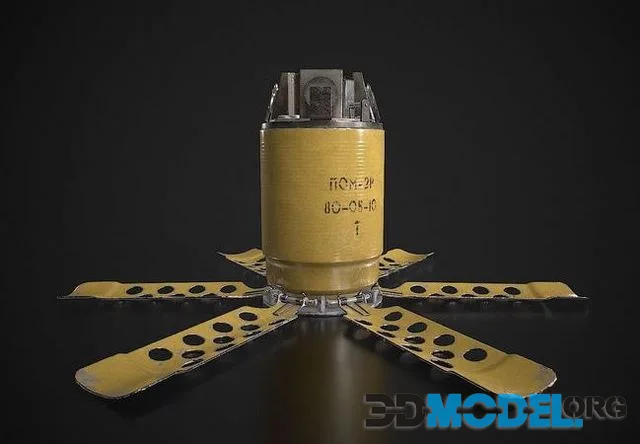Soviet aerosol grenade K-51 (PBR)
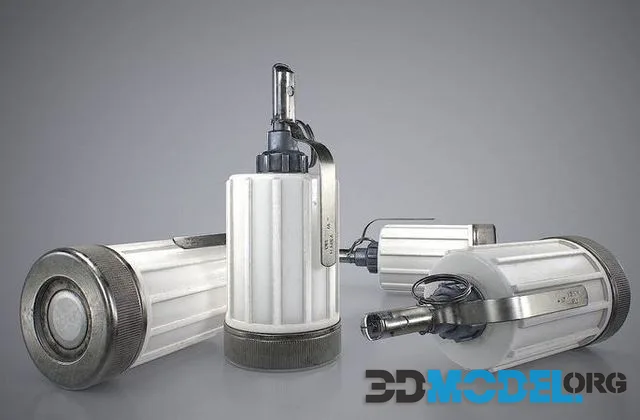
The Soviet K-51 aerosol grenade is a specialized non-lethal device designed primarily for crowd control and area denial. Introduced during the Soviet era, it remains notable for its chemical dispersal capabilities. Compact and cylindrical in shape, the K-51 is relatively lightweight, making it easy to carry and deploy.
The grenade operates by dispersing an aerosolized irritant upon activation. Once triggered, it releases a fine cloud of tear-inducing agents, causing discomfort such as eye irritation, respiratory distress, and temporary incapacitation to individuals within its effective radius. This makes it an effective tool for dispersing gatherings or incapacitating adversaries without causing permanent harm.
The exterior of the K-51 is typically constructed from metal, ensuring durability while being straightforward to produce. Its design includes a simple pull-ring safety mechanism that activates the grenade upon removal. After activation, a short delay precedes the release of the chemical agents, allowing the user to position or throw the grenade accurately.
The K-51's chemical composition is formulated to ensure rapid dispersion over a defined area, making it particularly effective in confined spaces or open areas where quick action is required. However, its use requires caution, as wind conditions and proximity to the user can affect the dispersal pattern and potentially expose unintended individuals to the irritant.
Overall, the K-51 aerosol grenade reflects Soviet innovation in non-lethal weaponry, providing a means to control situations with minimal risk of permanent injury. It remains a reference point in the history of riot control and chemical dispersal devices.
3d-model is executed in detail and quality. PBR-textures included.
File type: Blend, Obj, Fbx
Ctrl
Enter
Noticed a misTake
Highlight text and press Ctrl+EnterRelated news:
Comments (0)

